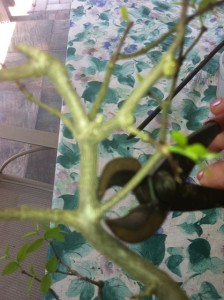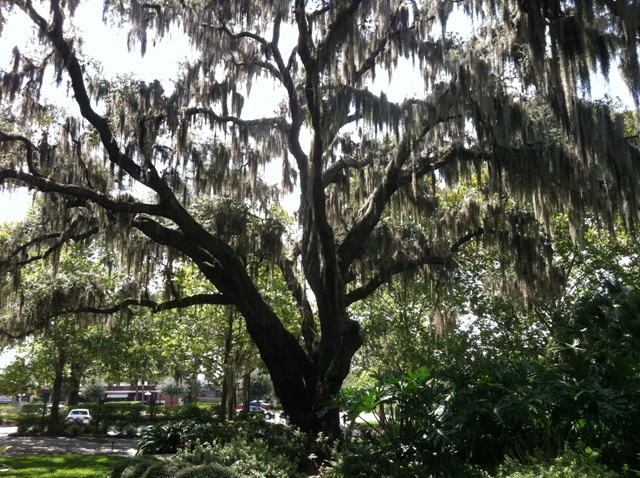Not sure about you, but we’ve been pretty busy here at Orlando Bonsai so far this spring. Filling orders, doing paperwork and tax reports, preparing soil. Re-doing the pond, weeding, trimming trees. Fertilizing, insect maintenance, acquiring new trees, selling trees. Attending bonsai meetings, demonstrations and garden shows, visiting suppliers, and volunteering at Epcot’s International Flower & Garden Show. Help, I need a time out! Of course, there was National Grilled Cheese Day, and a mini time out for a grilled cheese lunch. Yummy! And we did go see a movie – another mini time out. That was fun!
Have you been busy? Need a time out too? Come join Orlando Bonsai from May 24 – 27 at the 2013 Bonsai Societies of Florida (BSF) Annual Convention to be held in sunny Lake Mary, FL at the Mariott. It will feature bonsai artist, Suthin Sukosolvisit with Sean Smith and Michael Feduccia teaching workshops and demonstrations. Orlando Bonsai will be selling bonsai tools and supplies in the vendor area. And also check out the Exhibit area for a beautiful display of bonsai by many Florida artists. For more info, go to the BSF web site, www.bonsai-bsf.com.
…Back to working in the bonsai garden. The fastest ways to a great bonsai: start with good stock, take a good look at the roots, pick a front, pick the apex (top of tree), cut the correct branches, trim hard – trim early, proper maintenance, trim new growth, and pay attention! Nutshell version: do the right things at the right time! How do you know what the right things are? 1. Education. Read a book, join a club, go online, ask questions, find a mentor, take a class. 2. Experiment scientifically. For example, cut a secondary branch, take a picture, journal it (date, tree name, photo, notes, etc.) wait for new growth, see where the new growth occurs, look back at your picture to see the difference. Soon you will learn the growth habits of that tree. By the way, the fastest way to a great bonsai takes time. Is that an oxymoron? Or just buy a good-looking tree in a pot and then maintain it. That’s pretty fast! Either way, it is worth it.
Aspiring bonsai enthusiasts often ask “How do I know which branch to cut”? Well, it takes a little time and sometimes a mistake or two, but there are some general guidelines to help. If a branch is growing straight down, typically you would cut it off. If a branch is growing on the inside curve, it should come off. Look at the picture of the branch I took off with standard concave cutters from an inside curve. It’s a little fuzzy but you can get the idea. Another guideline is to avoid bar branches – branches directly across from each other. Notice the branch I was about to cut off was also a bar branch and there is another branch directly above it that has secondary bar branches so I cut one of them off too. There are other guidelines to learn as you go.
The right tool is needed for the right job. Four tools I use all the time are standard concave cutters, shears, wire cutters and tweezers. And there are lots of other great tools that really come in handy and some that are more specialized. Feel free to send an inquiry to sandy@orlandobonsai.com if you are unsure what tool is needed or how to use it.
So take a TIME OUT! After ‘working’ in the garden, get a refreshing beverage of your choice, sit back and ENJOY your bonsai.








